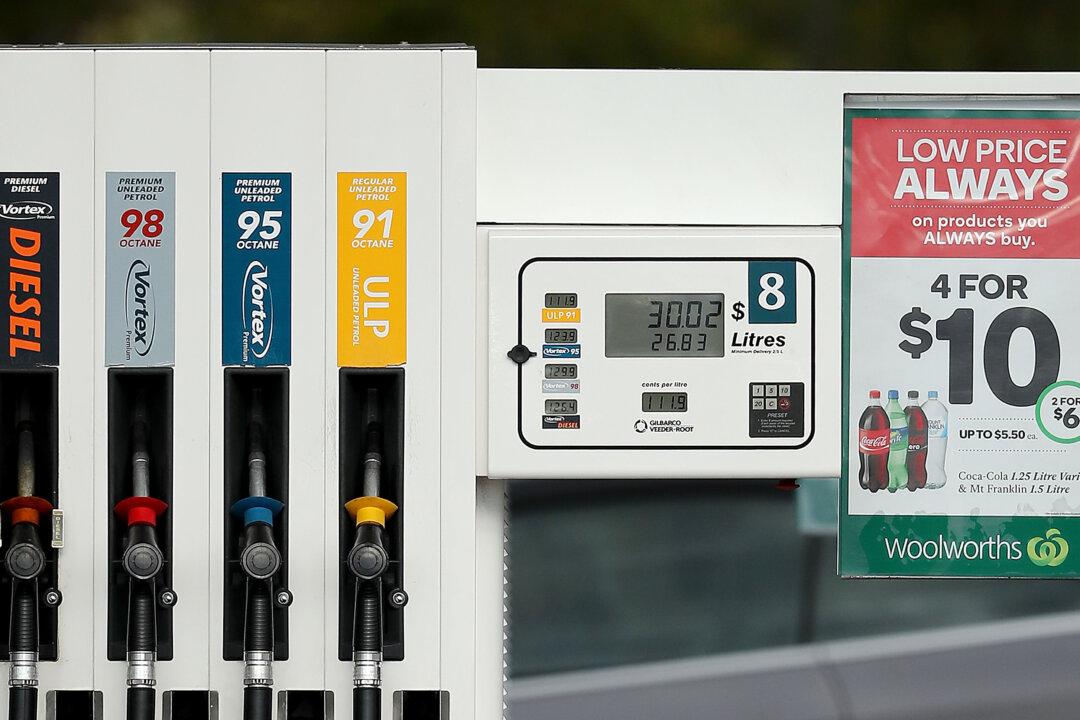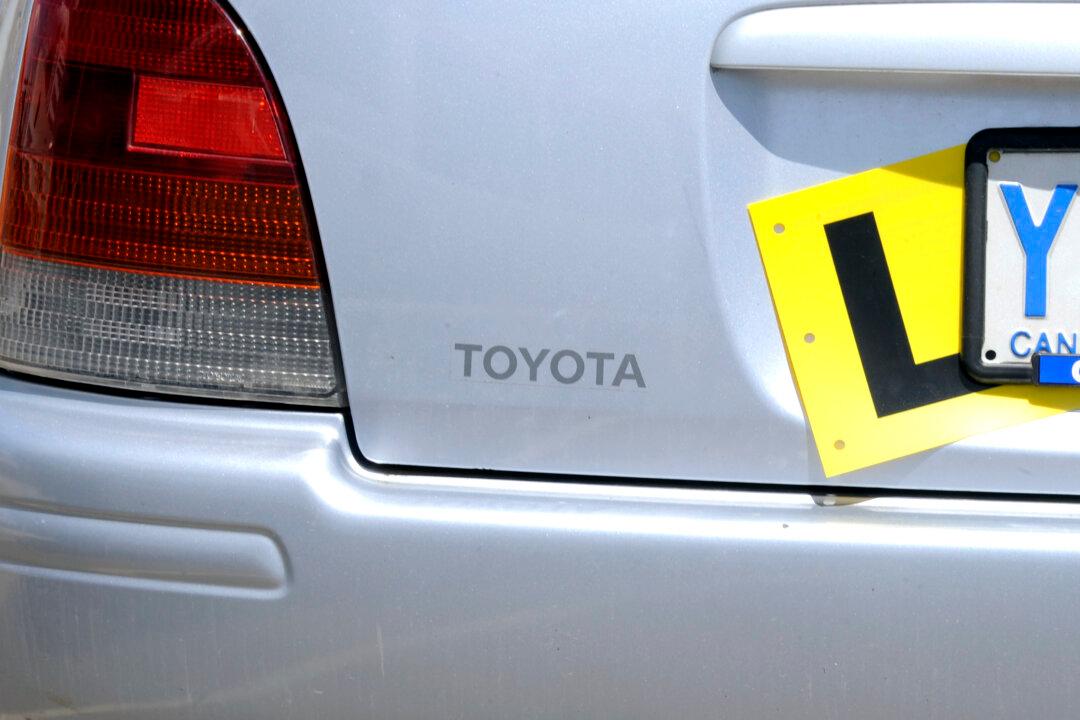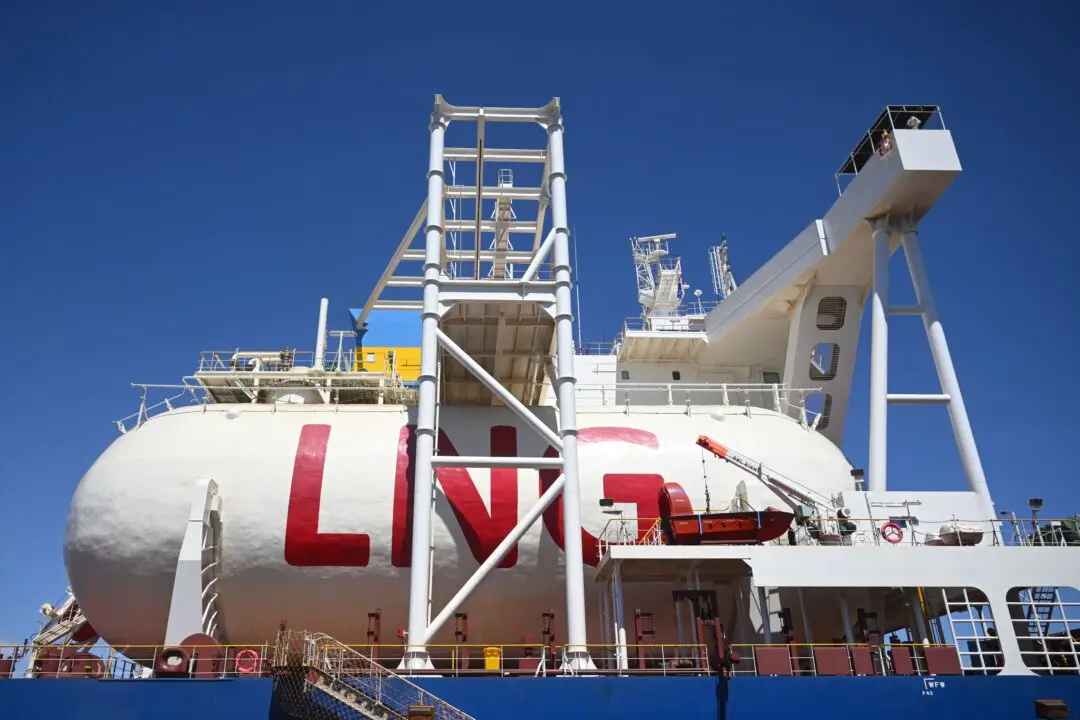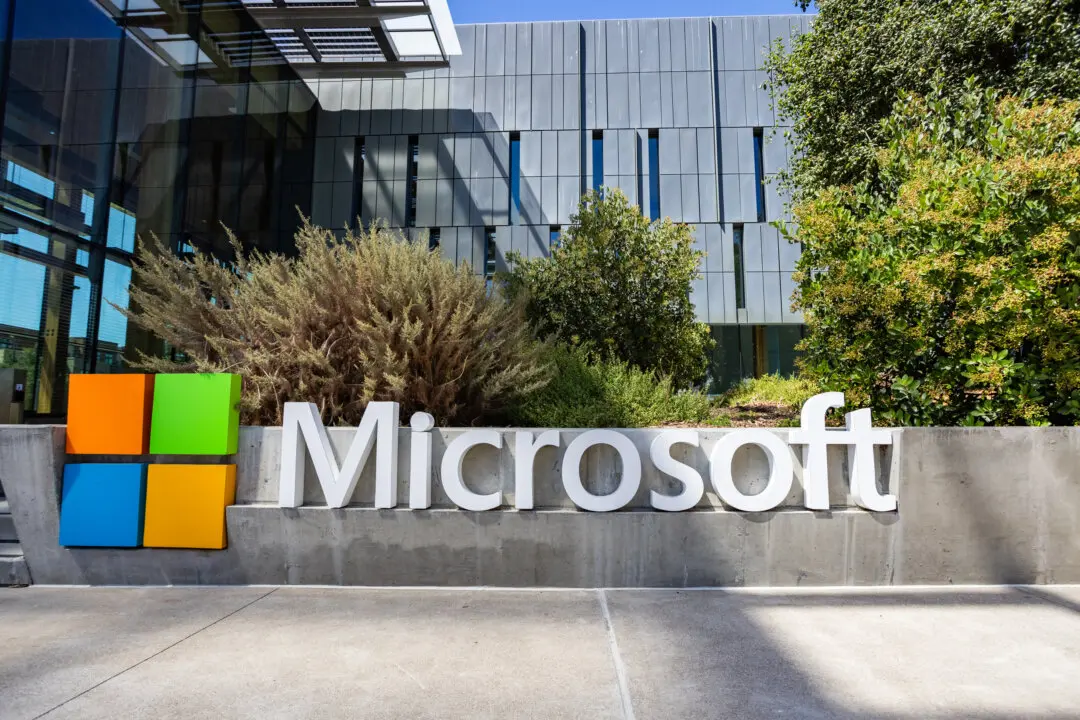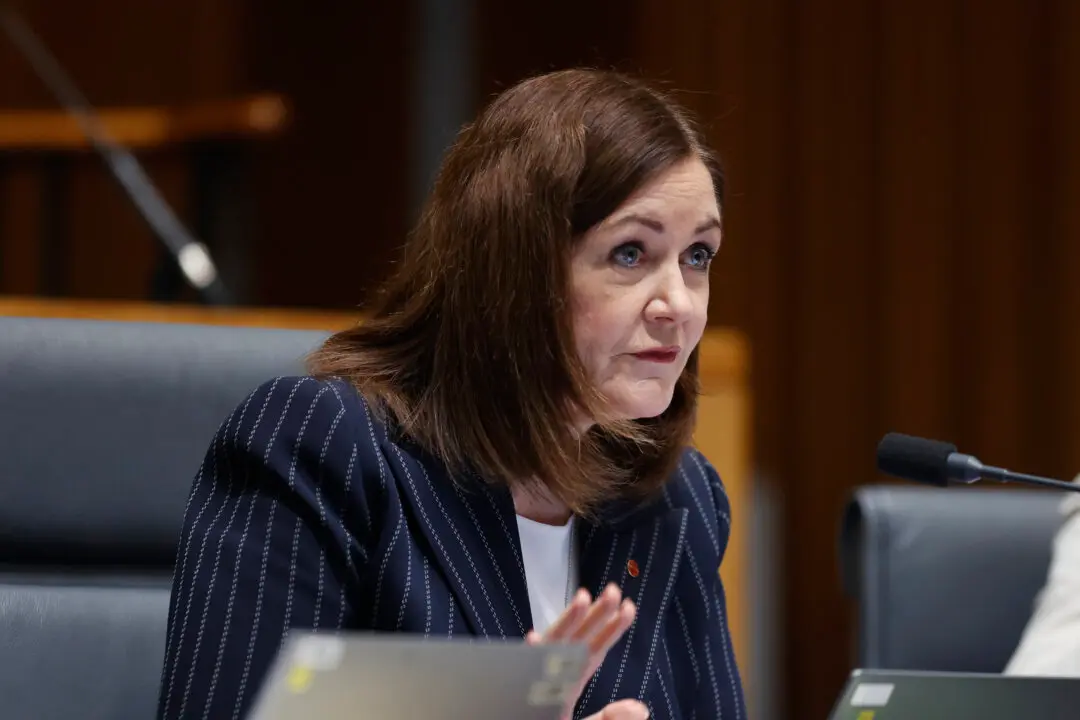Australian petrol prices have started to lift again ahead of the expiry of the fuel excise tax reduction in September.
Data from the Australian Institute of Petroleum showed that while wholesale petrol prices dipped by 2.6 cents a litre (6.8 U.S. cents a gallon) across Australia in the week ending Aug. 21, the national average retail price climbed by 3.6 cents to $1.72 a litre.
